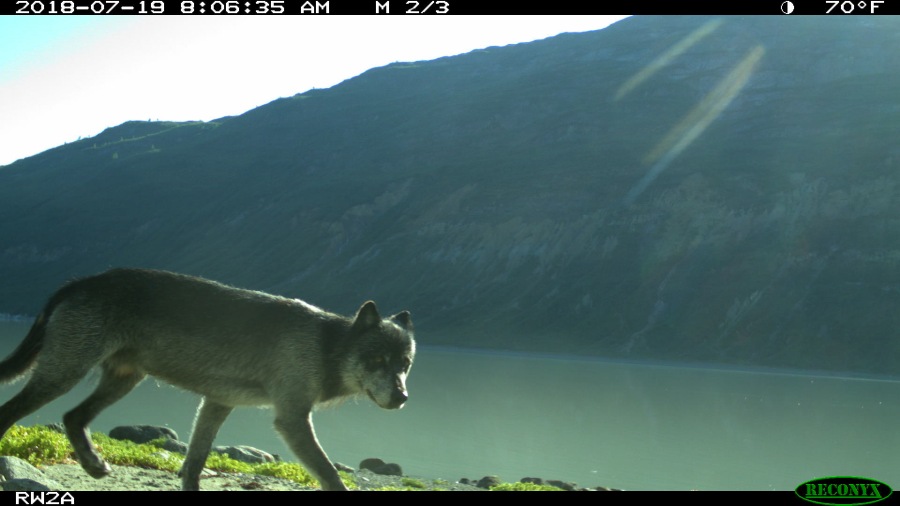The presence of even a few humans in national parks can have significant impacts on the behavior of the wildlife that live there, a new study has found.
People might already expect that animals would change their routines to avoid humans at popular parks like Yosemite and Yellowstone — which can see more than a million visitors each year, the study authors surmised.
But they found that even in remote, rarely visited parks, these rules apply.
Almost any level of human activity in a protected area can alter the behavior of animals who inhabit the territory, according to the study, published on Thursday in People and Nature.
“There’s been increasing recognition of how much just the presence of humans in these places, and our recreating there, can impact wildlife,” senior author Laura Prugh, an associate professor at the University of Washington’s School of Environmental and Forest Sciences, said in a statement.
“These results are striking in showing that really any level of human activity can have an effect on wildlife,” Prugh added.
The researchers focused their attention on Glacier Bay National Park, a coastal region in southeast Alaska accessible by only plane or boat. While visitors arrive on cruise ships, the boats don’t dock on shore, the scientists explained.
Because so few people visit the park each year — only about 40,000, although the number is rising — this location was an ideal testbed for the study, according to Prugh.
“Glacier Bay is a great park to explore what the lower limits are where humans start to affect wildlife behavior,” Prugh added.
With that goal in mind, the researchers said they worked with the national park’s staff members to design and execute an experiment that compared wildlife activity in areas often frequented by humans to those in which people were absent.
To evaluate these differences, they installed 40 motion-activated cameras across 10 sites and captured the detection of people and four animal species — wolves, black bears, brown bears and moose — over two summers.
The researchers controlled where and when people could access certain parts of Glacier Bay and then measured wildlife responses, leading them to identify two key thresholds.
The first such measure showed that if humans were present in an area, the cameras spotted fewer than five animals per week across all species studied.
The second, meanwhile, indicated that in backcountry areas, wildlife detections dropped to zero when outdoor recreation levels reach about 40 visitors weekly.
Of all four animal species studied, wolves were most likely to disappear from cameras when people were present, while brown bears were least affected, according to the study.
Moose, on the other hand, were more active in the presence of people, the authors found. The researchers hypothesized that the moose might be aligning their active hours with human traffic with hopes of using the visitors as shields from predators.
“It was eye-opening to see the number of wildlife sightings we are ‘missing’ just by recreating in backcountry areas of Glacier Bay,” lead author Mira Sytsma, who completed the study as a University of Washington graduate student, said in a statement.
“So many people visit national parks for the chance to view wildlife, and that desire alone may reduce the chance of it happening,” Sytsma added.
Going forward, the authors said they hope that their study can help park officials weigh different management approaches. For example, they explained, managers could consider concentrating trails and human use in certain parts of a park or place restrictions on the times of year people can visit.
“If you’re going to go above zero human activity and it’s going to have an impact, you might as well go way above zero in some areas and then have other areas where you have almost no human activity,” Prugh said.
“In those areas, then, wildlife can live their natural lives unaffected by people,” she added.

